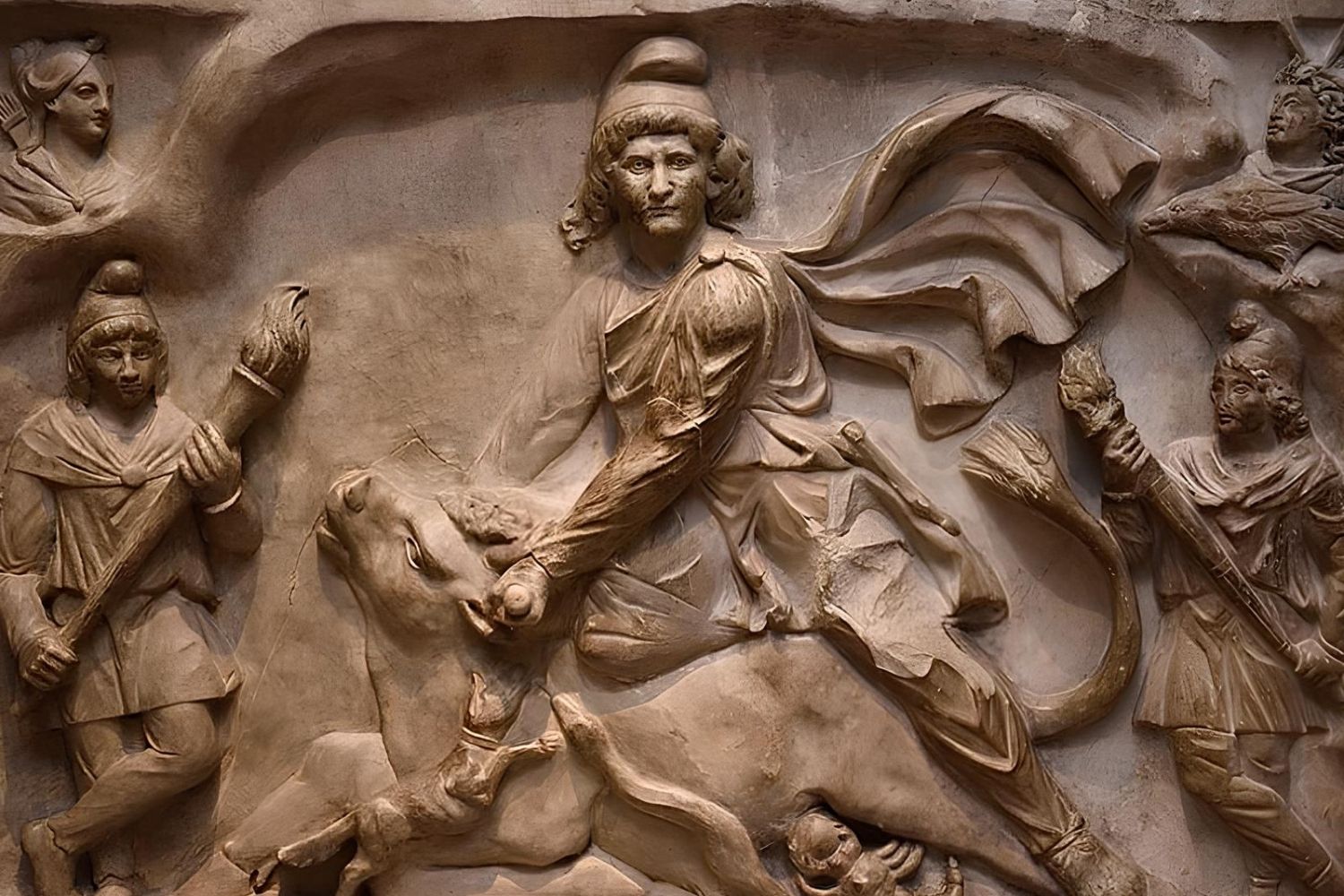
Mazdakism is a fascinating ancient Persian religion that emerged in the 5th century. Founded by Mazdak, it promoted ideas of communal living, social justice, and equality. This belief system challenged the established norms of its time, advocating for the redistribution of wealth and resources. Mazdakism's teachings emphasized the importance of compassion, kindness, and the rejection of violence. Despite facing significant opposition from the ruling elite and religious authorities, Mazdakism attracted a considerable following. Its influence extended beyond Persia, impacting various cultures and societies. Mazdakism remains a subject of interest for historians and scholars, offering valuable insights into early social reform movements. Curious about the unique aspects of this ancient faith? Let's delve into 37 intriguing facts about Mazdakism that will shed light on its principles, practices, and enduring legacy.
Origins of Mazdakism
Mazdakism, an ancient Persian religion, emerged during the Sassanian Empire. It was founded by Mazdak, a Zoroastrian priest, who sought to reform society and religion.
- Mazdakism originated in the late 5th century CE.
- Mazdak was a Zoroastrian priest who believed in social justice and equality.
- The religion aimed to address social inequalities and promote communal living.
- Mazdakism was influenced by Zoroastrianism but introduced new social and economic reforms.
- Mazdak preached against the accumulation of wealth and private property.
Core Beliefs of Mazdakism
Mazdakism's teachings revolved around justice, communal living, and the redistribution of wealth. These beliefs were radical for their time and aimed to create a more equitable society.
- Mazdakism advocated for the redistribution of wealth and resources.
- The religion promoted communal living and shared property.
- Mazdak believed in the equality of all people, regardless of social status.
- Mazdakism emphasized the importance of charity and helping the poor.
- Mazdak taught that excessive wealth and luxury were the root of social problems.
Practices and Rituals
Mazdakism had unique practices and rituals that set it apart from other religions of the time. These practices were designed to reinforce the religion's core beliefs and promote social harmony.
- Mazdakism encouraged communal meals and shared resources.
- The religion practiced the redistribution of surplus goods to those in need.
- Mazdak promoted the idea of free love and communal marriage.
- Mazdakism had rituals that focused on community bonding and mutual support.
- Mazdak emphasized the importance of living a simple and modest life.
Influence on Society
Mazdakism had a significant impact on Persian society, challenging the established social and economic order. Its influence was felt in various aspects of life, from politics to daily living.
- Mazdakism gained support from the lower classes and peasants.
- The religion faced opposition from the nobility and wealthy landowners.
- Mazdak's teachings led to social unrest and conflicts with the ruling elite.
- Mazdakism influenced later social and religious movements in Persia.
- Mazdak's ideas on social justice and equality resonated with many people.
Decline and Legacy
Despite its initial success, Mazdakism eventually declined due to strong opposition from the ruling class. However, its legacy continued to influence Persian culture and thought.
- Mazdakism faced persecution from the Sassanian rulers.
- The religion was suppressed by King Kavad I and his successor, Khosrow I.
- Mazdak was executed around 528 CE, leading to the decline of Mazdakism.
- Mazdakism's ideas persisted in Persian literature and folklore.
- The religion influenced later Persian thinkers and reformers.
Comparison with Zoroastrianism
While Mazdakism originated from Zoroastrianism, it introduced significant changes that set it apart. Comparing the two religions highlights the unique aspects of Mazdakism.
- Mazdakism shared some beliefs with Zoroastrianism, such as the importance of good deeds.
- The religion differed in its emphasis on social and economic reforms.
- Mazdak rejected the Zoroastrian priesthood's authority and wealth.
- Mazdakism introduced the concept of communal living, which was not present in Zoroastrianism.
- Mazdak's teachings focused more on social justice than spiritual salvation.
Modern Interpretations
Today, Mazdakism is studied by historians and scholars interested in ancient Persian culture and religion. Its radical ideas continue to intrigue and inspire.
- Mazdakism is considered an early form of social and economic reform.
- The religion is studied for its unique approach to social justice.
- Mazdak is seen as a revolutionary figure in Persian history.
- Mazdakism's ideas have been compared to modern socialist and communist theories.
- The religion provides insight into the social and economic issues of ancient Persia.
Fun Facts About Mazdakism
Here are some interesting tidbits about Mazdakism that highlight its unique aspects and historical significance.
- Mazdakism is sometimes referred to as the "first communist movement."
- Mazdak's teachings inspired later Persian poets and writers.
The Legacy of Mazdakism
Mazdakism, with its radical ideas and social reforms, left a lasting mark on history. It challenged the status quo, advocating for equality and community welfare. Though it faced fierce opposition and eventual suppression, the movement's principles influenced later social and religious movements. Mazdakism's emphasis on shared resources and compassion resonates even today, reminding us of the power of ideas to inspire change. Its story is a testament to the enduring struggle for justice and equality in human society. As we reflect on Mazdakism, we see the importance of challenging unjust systems and striving for a fairer world. This ancient movement, though long gone, continues to inspire and teach valuable lessons about humanity and social justice.
Was this page helpful?
Our commitment to delivering trustworthy and engaging content is at the heart of what we do. Each fact on our site is contributed by real users like you, bringing a wealth of diverse insights and information. To ensure the highest standards of accuracy and reliability, our dedicated editors meticulously review each submission. This process guarantees that the facts we share are not only fascinating but also credible. Trust in our commitment to quality and authenticity as you explore and learn with us.
